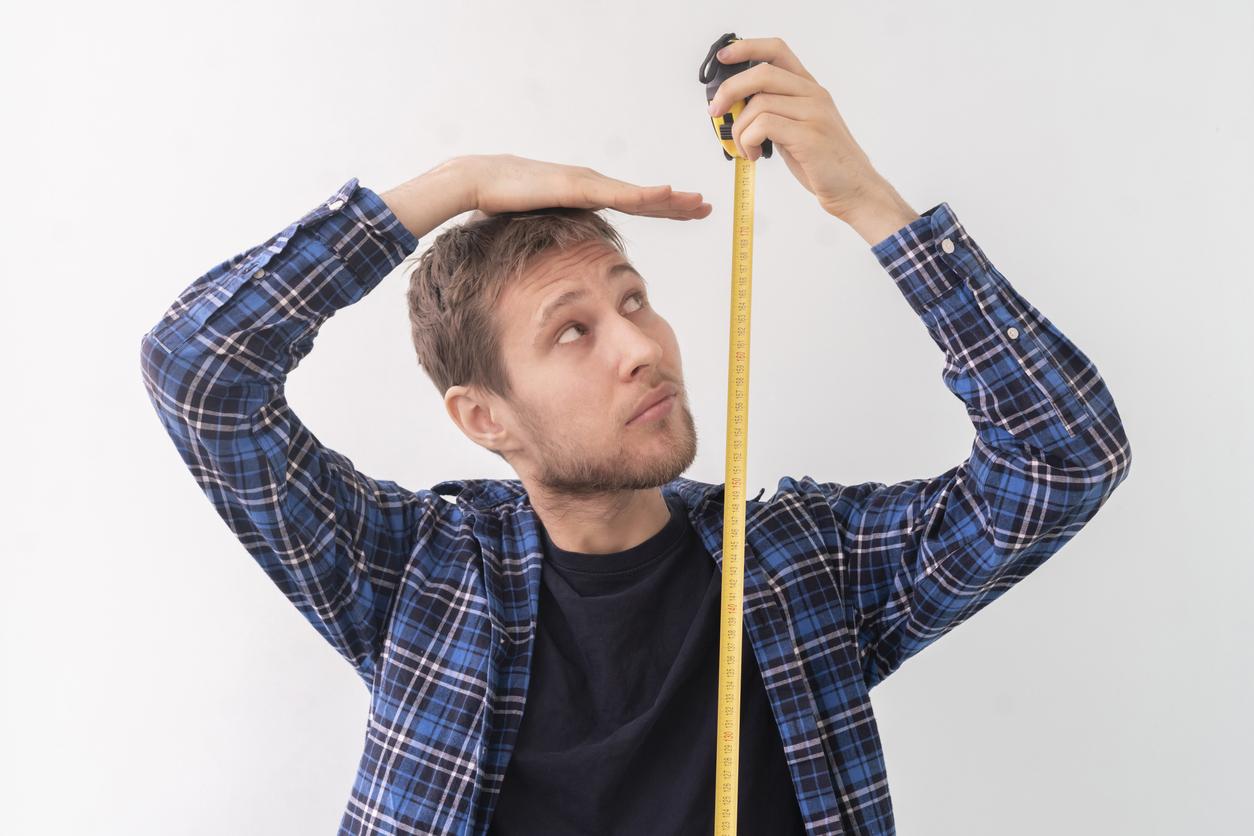Weight gain of just 3 kilos in 5 years in men is linked to an increased risk of back pain and disability 10 years later, according to a new study.

- In men, gaining 3 kilos over 5 years increases the risk of suffering from back pain ten years later.
- According to this new study, this also increases the risk of having a high rate of disability.
- For the scientist who led the research, it is urgent to identify the modifiable factors of back problems.
Gaining 3 kilos in 5 years may not seem like much, but it has many consequences for men’s health. A study, led by Monash University, reveals that this small weight gain in men increases the risk of back pain and disability a decade later.
The results of this work were presented in detail in the journal Journal of Cachexia Sarcopenia Muscle on November 24, 2024.
Back problem: an additional BMI point increases pain
To better understand the link between body composition and back pain such as low back pain, the team from the Australian university reviewed the medical records of 695 men who participated in the “Geelong Osteoporosis Study” research between 2006 and 2010. They among other things, identified those who had back pain or who had a high rate of disability 10 years later. Weight, body mass index (BMI), abdominal circumference, fat mass and lean mass were also assessed at the start and end of the study.
Data analysis shows that increasing BMI by one point, or a weight gain of 3.1 kg, is associated with increased back pain and high disability a decade later. “These results demonstrate another harmful consequence of weight gain”specifies in a press release Professor Anita Wluka who led the work.
Another observation: older men who had more developed muscles were less likely to suffer from severe back pain and high disability. Thus, for the scientist, care must be taken to maintain “muscle mass” among the latter.

Low back pain: different factors depending on the sexes to identify
According to Professor Wluka, it is, moreover, “urgent to identify modifiable factors to target in order to reduce the burden imposed by high-intensity back pain and related disabilityHowever, they must be examined separately in men and women due to the divergent anatomical, biological, psychological and socio-cultural characteristics of back problems between the two sexes.
The authors add in their scientific article that their first conclusions can already help health professionals to “identify men at increased risk of transition to severe back pain and/or high disability who could be targeted for early intervention to improve patient outcomes and reduce the burden of disease in the community”.

















